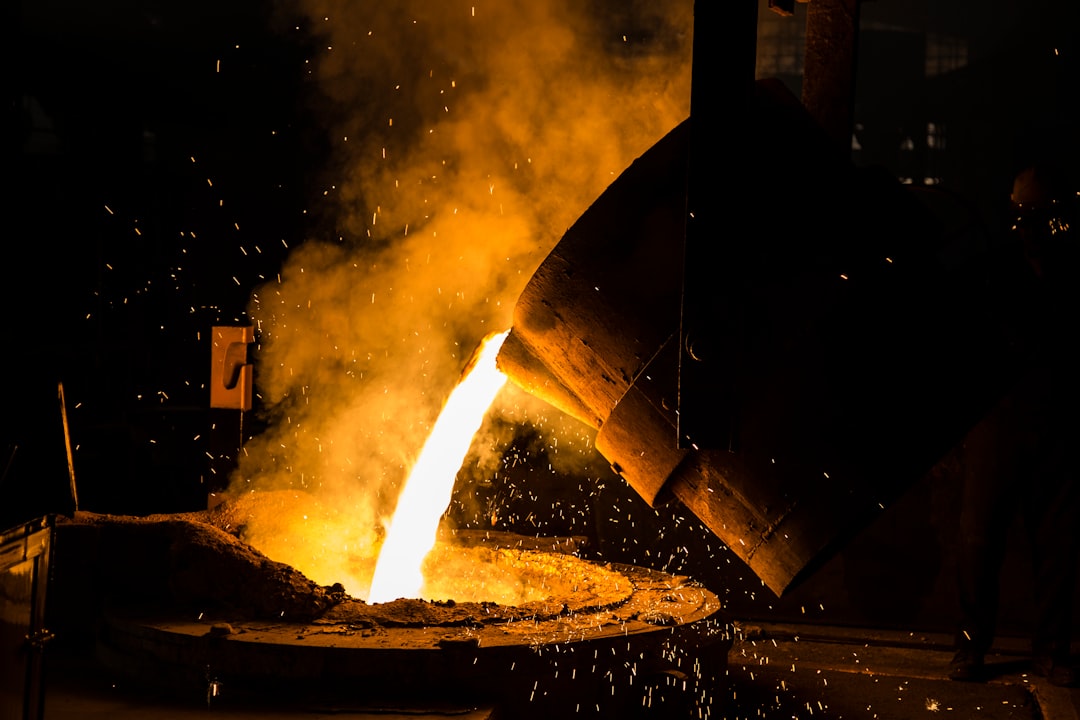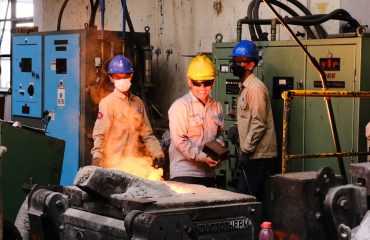The steel industry, traditionally known for its robust physical processes, is undergoing a significant metamorphosis driven by digitalization. From raw material sourcing to final product delivery, digital technologies are reshaping every facet of steel commerce, boosting efficiency, transparency, and profitability. This blog post delves into the key aspects of this transformation, exploring the opportunities and challenges ahead.
1. Streamlining Supply Chain Management with Digital Tools
The steel supply chain is notoriously complex, involving numerous intermediaries and geographically dispersed operations. Digitalization offers a powerful solution to streamline these processes. Enterprise Resource Planning (ERP) systems integrate various aspects of the business, from order management to inventory control and production planning. This centralized approach improves visibility across the entire supply chain, minimizing delays and reducing waste. Furthermore, technologies like blockchain can enhance traceability and transparency, ensuring the authenticity and origin of steel products. Real-time data analytics provide valuable insights into demand forecasting, enabling businesses to optimize inventory levels and prevent stockouts or overstocking. Advanced analytics can also predict potential disruptions in the supply chain, allowing for proactive mitigation strategies.
2. Enhancing Customer Relationships Through Digital Platforms
Digitalization is revolutionizing how steel companies interact with their customers. Online portals and e-commerce platforms offer a convenient and efficient way for customers to place orders, track shipments, and access product information. These platforms foster greater transparency and improve communication, strengthening customer relationships. Personalized customer service, powered by data analytics, allows steel companies to tailor their offerings to specific customer needs, enhancing customer satisfaction and loyalty. Furthermore, digital platforms enable the development of new business models, such as subscription-based services or customized steel solutions.
3. Leveraging Data Analytics for Improved Decision-Making
The abundance of data generated throughout the steel supply chain presents a wealth of opportunities for improved decision-making. Data analytics tools can process vast amounts of data to identify trends, patterns, and anomalies. This information can be used to optimize production processes, reduce costs, and improve product quality. Predictive analytics can forecast future demand and market trends, enabling steel companies to make proactive adjustments to their production plans and inventory management strategies. Real-time data visualization dashboards provide managers with a clear overview of key performance indicators (KPIs), allowing them to monitor progress and identify areas for improvement.
4. Implementing Advanced Manufacturing Technologies for Enhanced Efficiency
Digitalization is driving the adoption of advanced manufacturing technologies, such as automation, robotics, and artificial intelligence (AI). These technologies enhance efficiency, improve product quality, and reduce production costs. Automation reduces human error and improves consistency in production processes. Robotics performs repetitive tasks, freeing up human workers for more complex and value-added activities. AI-powered systems can optimize production parameters, predict equipment failures, and enhance quality control. The implementation of Industry 4.0 principles, encompassing the integration of these technologies, leads to a smarter, more responsive, and more efficient steel manufacturing process.
5. Embracing Cybersecurity to Protect Digital Assets
As the steel industry becomes increasingly reliant on digital technologies, cybersecurity becomes paramount. Protecting sensitive data and preventing cyberattacks is crucial to maintaining business continuity and protecting the company’s reputation. Robust cybersecurity measures, including firewalls, intrusion detection systems, and data encryption, are essential. Regular security audits and employee training programs are necessary to mitigate risks. The adoption of cloud-based solutions requires careful consideration of data security and compliance with relevant regulations. A proactive and comprehensive cybersecurity strategy is essential for successful digital transformation in the steel industry.
The digital transformation of the steel commerce industry is an ongoing process, presenting both opportunities and challenges. By embracing new technologies and developing robust strategies, steel companies can enhance their competitiveness, improve efficiency, and create new value for their customers. The future of steel commerce is undeniably digital, and those who adapt and innovate will be best positioned for success.
SEO Tags:
- Digitalization in Steel Industry
- Steel Supply Chain Management
- Steel Industry 4.0
- Data Analytics in Steel Commerce
- Steel E-commerce




